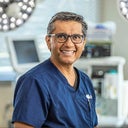To make a quality assessment regarding the outcome of any plastic surgery procedure, we generally need to see a Complete set of proper before and after pictures.







